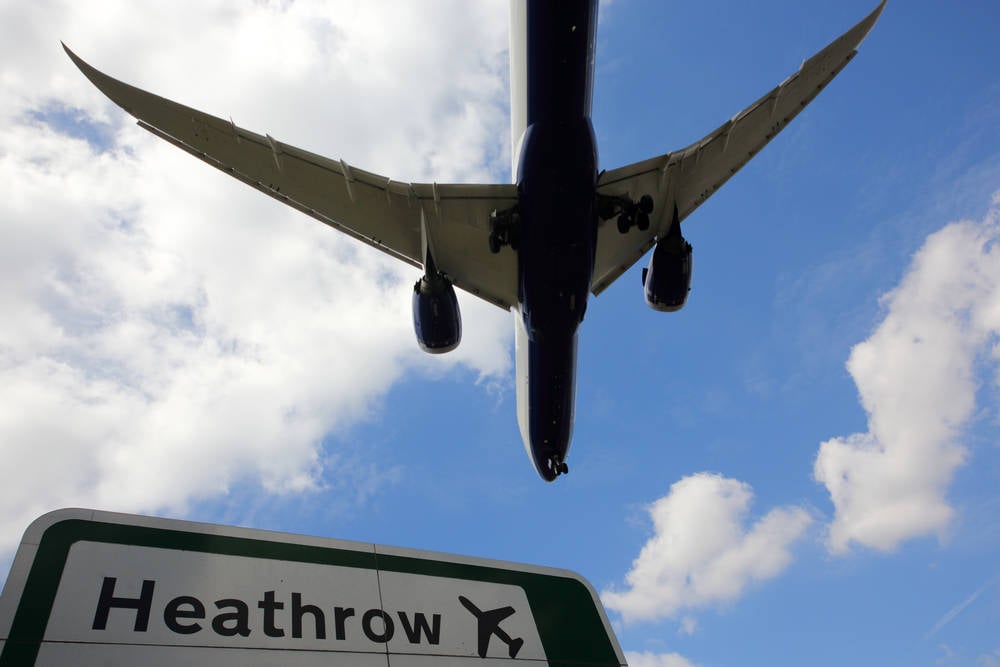FAA To Airlines: 5G-sensitive Radio Altimeters Have To Go

The US Federal Aviation Administration (FAA) met with airline and telecom officials yesterday to present its latest solution to the instrument interference problem presented by C-band 5G: replace the affected equipment.
A letter from the FAA's head of aviation safety, Chris Rocheleau, proposed the meeting to establish a timeline for retrofitting or replacing radar altimeters in US airliners that are affected by 5G C-band signals, Reuters reported.
5G C-band was expected to roll out in the beginning of 2022, but was put on hold until July while the FAA, airlines, and jet manufacturers seek a resolution. A number of different planes were affected, including most of the Boeing 737 family, due to their use of radio altimeters, which use radio signals to determine the plane's distance from the ground.
C-band signals operate between 4.2 and 4.4GHz, while C-band 5G transmits between 3.7 and 3.98GHz. There isn't any overlap, but the FAA isn't taking chances. It claims that interference could still affect altimeters to the point where they become unreliable. Radio altimeters are typically used to land planes in low-visibility conditions.
The FAA has cleared 90 percent of the US's commercial aircraft fleet for operation in and around 5G C-band antennas, but some Boeing planes, the 737 included, are still under restrictions.
- FAA now says 5G airports may interfere with Boeing 737s
- Watchdog clears 90% of US commercial aircraft to land in low visibility at nation's 5G C-band airports
- Japan solves 5G airliner conundrum: Keep mobe masts 200m from airport approach paths. That's it
- 50 US airports to be surrounded by 5G C-band-free zones
Details of what was discussed at the meeting have yet to be released, but the FAA did verify its occurrence in a tweet published the afternoon of May 3. According to Reuters, the meeting plans also included a discussion of what to do after the July 5 C-band rollout happens, and whether to prioritize retrofitting radio altimeter antennas with filters to mitigate C-band interference. Whether replaced or retrofitted, the prospect is likely to be expensive for the thousands of affected aircraft.
There may be a simpler, cheaper, and more reasonable response to the problem of 5G C-band interference: just move the antennae to a safe distance.
Researchers in Japan found that 400 meters of physical separation between the focal point of an aircraft's radio altimeter (the ground right below the plane) and a 5G antenna, and 60MHz of unallocated frequency between the two, were all that was needed to prevent interference.
Japan's 5G allocations sit closer to the spectrum used by radio altimeters than in the US. ®
Apple Poaches Top Talent From Google To Strengthen AI Team
As artificial intelligence (AI) continues to shape the future of technology, companies are intensifying their efforts to... Read more
Meta's Bold Move: How Chatbots Are Reshaping The Tech Landscape
In a strategic pivot that has sent ripples across the tech industry, Meta has embarked on a bold journey into the realm ... Read more
The Power Of AI: Microsoft's Cloud Sales Reach New Heights
In the ever-evolving landscape of technology, Microsoft has emerged as a frontrunner, leveraging the transformative powe... Read more
Uncovering The Tactics: How Hackers Exploit Developing Countries In Ransomware Testing
In recent years, there has been a concerning rise in hackers using developing countries as testing grounds for ransomwar... Read more
From Silicon Valley To Down Under: Musk's Defense Of Public Interest In The Digital Era
In recent headlines, tech titan Elon Musk has once again captured global attention, this time for his intervention in an... Read more
The Global Semiconductor Landscape: Navigating Through Market Shifts Post Samsung's Earnings Triumph
In the first quarter of 2024, Samsung Electronics announced a staggering 931% surge in operating profits, reaching 6.6 t... Read more

